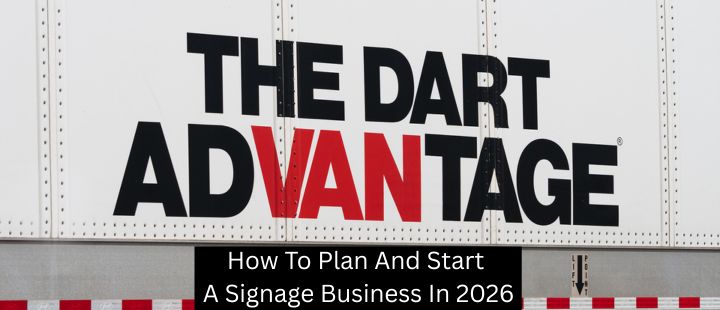Today’s post shares 3 simple wayfinding sign design and placement tips that can be implemented right away to help business owners boost customer engagement and sales.
#1) Design and position wayfinding signs to meet shoppers’ expectations.
In Why We Buy, Paco Underhill dissects shopping from a cognitive science perspective to produce some interesting insights about wayfinding signage.
Specifically, Underhill writes about consumer expectations, both in terms of the product itself, as well as what they expect to find when they walk into a store in terms of wayfinding resources.
In terms of design, clarity is king. Point-of-sale and promotional displays are excellent opportunities to stand out and be unique, but wayfinding signs should conform to common standards to make navigation as easy as possible. Generally speaking, it’s best to use basic symbols, images, and nomenclature, and avoid fancy fonts at all costs.
Moreover, placement should be intuitive. Get into the customers’ head on this one; do a walkthrough in their shoes to get a feel for which areas, amenities, and bits of information are tricky to spot, then set up wayfinding signs accordingly. Be consistent with the size and height of your signs, too.
#2) Use the “breadcrumb” approach.
The extent to which your wayfinding message is read and retained is negatively correlated to its length. Put simply, longer messages get tuned out.
Instead of trying to feed your audience the entire “loaf,” use the breadcrumb approach. That means multiple signs placed strategically along the desired path, each containing a short message (or better yet, a simple visual cue) for readers to take in.
#3) Build your wayfinding signs around your floor plan.
Traditionally, stores are laid out in one of two ways:
- Grid floor plans – Ideal for shelf-stocked goods like books, foods, and hardware, these plans are common in grocery, big box, and convenience stores.
- Loop floor plans – Sometimes referred to as the “racetrack,” these plans maximize wall space and lead shoppers along a fixed path. Loop plans are common in specialty retail stores.
These two layouts are efficient, easy to navigate, and, most importantly, familiar. In fact, they’ve been used by retailers since the 1950s when they were first developed.
And yet, despite the fact that these floor plans are industry standards that have been around for nearly seven decades, people still struggle to fit their wayfinding signs in appropriately. Too many signs makes for unsightly clutter and lowers overall read-through rates; too few leaves customers confused and frustrated. So remember:
- With racetrack style layouts, show restraint. Since the customer has no chance of getting lost, they won’t need as many points of reference, which means you can get by with fewer wayfinding signs, and focus more on point-of-sale and promotional displays instead.
- With grid plans, wayfinding should be at the end of aisles, and focused on either demarcation or guiding the customer back to the cash register.
“Free flow” floor plans are getting more population in upscale and boutique settings, but these are not business models that focus on high-volume traffic.
Get more wayfinding sign design and placement strategies at http://www.signworld.org.
References
Underhill, P. (2009). Why we buy: The science of shopping–updated and revised for the Internet, the global consumer, and beyond. Simon and Schuster.




